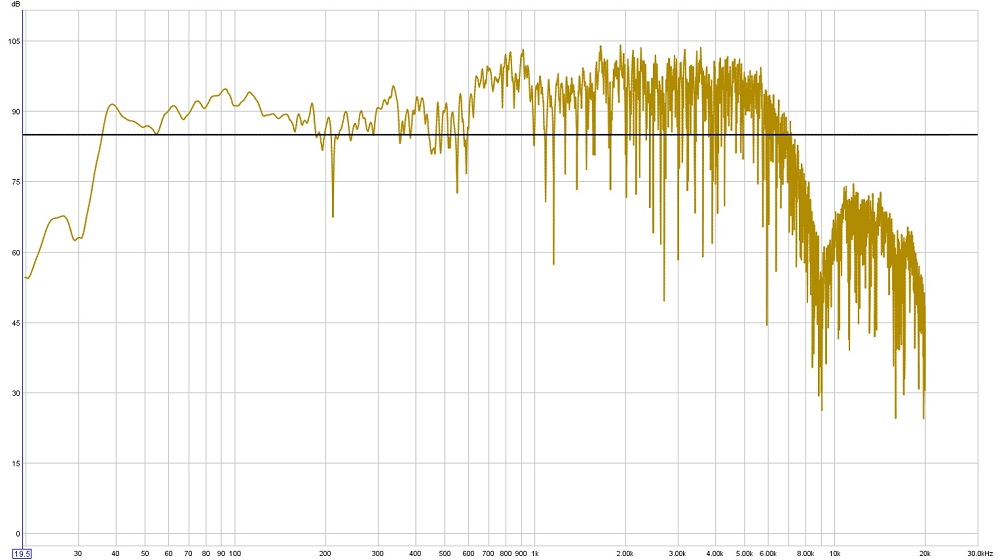Basic parts of Speaker
It is important to get some idea about speaker before we start making our own speaker.
How the speaker works ???
Magnet and coil play a major role in working of a speaker.
Principle
It is nothing but a magnetic field will be produced around the conductor. When the current is passing in the conductor (copper, metal, iron, aluminum) a magnetic field will produced around the conductor(Here the voice coil). If the direction of current is changed, direction of the magnetic field (i.e. poles will interchange) also changes a shown above. Once the magnetic field is produced in the coil it is attracted by the magnet, if there is no current flow, then the coil is not attracted by the magnet because it is made up of copper.
How This Magnetism Creates Sound ???
When the Coil is continuously attracted and repelled, vibrations were produced. Usually people will feel the vibration when they are near to the huge speaker. It is because sound is nothing but a vibration. In other words, when we beat the steel plate with some stick, the plate will produce some strange sound. Means in this particular vibration of the plate will produce that particular sound. What happens if we have capacity to control this kind of vibration….???? results……., SPEAKER
Components Required
We need cardboard for bottom 3 to 4 visiting cards Gun glue Neodymium magnet Few turns of insulted copper wire Paper plate to use it has a diaphragm
STEP 1
Take a single piece of A4 sheet and cut it into pieces of 2 – 2.5cm apart Vertically
STEP 2
Roll the neodymium magnet with the one piece of paper, in order to make the paper in cylindrical shape.
Note: The magnet has to move freely in inside of the cylindrical paper. So try to roll the paper loosely .
Once it is completed, Place the tape at both the ends of the cylindrical paper to make cylindrical shape.
STEP 3
Take a roll of thin copper winding wire and roll it in the paper of 100 to 200 turns or wound it closely for 1 – 1.5 cm width. This is Voice coil
Note: You can get the coil separately in any winding shop. Here in the above picture i have broken my old small transformer to get those winding.
Attach this voice coil with diaphragm (nothing but our paper plate).
STEP 4
Take a paper plate and flip it upside down. Now mark the centre using compass or scale. Now place the voice coil at centre and apply glue using glue gun. let it dry for 5 minutes.
STEP 5
Let us make spider. ( Nothing but a suspension, which helps the paper plate to vibrate Freely ) Take 2 pieces of visiting and bend it in zig zag as shown in the above fig. Now paste it at the bottom of the paper plate. Note: after pasting it, place the assembly in the table. The paper roll (voice coil) should not touch the table. If it does the card we used is not tolerate the weight of the plate. So try with thicker cards.
STEP 6
Now place the speaker assembly on any empty card board. Which helps the speaker to stay firm when it vibrates. ( when it plays musics ) Now our speaker is ready. Connect the wires of the voice coil to our amplifier….and enjoy the music.
Working
When we connect the wires of the voice coil to the amplifier, according to the output of the amplifier , ( in simple, the o/p of the amplifier is nothing but a small oscillating power supply according to the songs) the voice coil behaves as an electromagnet. Finally the voice coil starts vibrating due to the magnet placed near to it .Then these vibrations will expand with the help of paper plate attached to it. Which it creates a sound.
The above diagram shows the o/p of the amplifier for a particular song. In simple, Hz (hertz) -is nothing but how many times the supply turns off and turns on per second by the amplifier. Db (decibel) – the power supplied to the speaker. The above fig shows the o/p of the amplifier was averagely around 20 kHz. It’s nothing but power output of the amplifier oscillating (turn off and turn on) 20,000 times per second at variable Db. So, when we connect the o/p of the amp to the voice coil it will became an electromagnet and vibrate averagely 20,000 times per second at varying Db. This helps the diaphragm (paper plate) to produce the sound. Comment * Name * Email * Website
Δ


























![]()